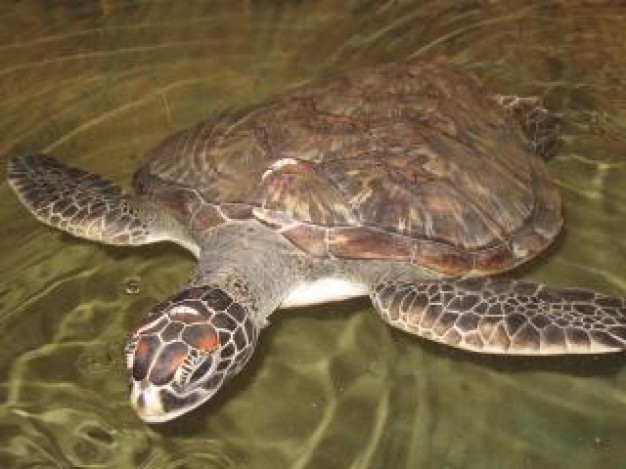

In the oceans, sea turtles are among the very few creatures that eat sea grass.

Plastic is threatening not only the sea turtles, but oceans, beaches and dunes as well. Sea turtles eat plastic bags because they confuse them with their actual diet such as jellyfish and algae. This can clog their intestines and cause internal bleeding which will eventually kill them. Some are trapped in it and die from lack of resources and from the sun being too hot.

Three of the world’s seven species of sea turtles are ‘endangered’ or ‘critically endangered’– an additional three species are ‘vulnerable’. Sea turtles are severely threatened by the way humans use plastic.Īfter hatching from their eggs on the beach they have to find the ocean by themselves and on their journey from land to sea, they may encounter lots of plastic. Just to mention one of his international clients Leo has developed several lines of decorative art for Georg Jensen A/S, the world-renowned Danish company founded as a silversmith studio more than a century ago. Throughout the years he has carried out a long range of art-related assignments for customers, just as he produces not least pictorial art entirely on his own initiative. In parallel with his work within visual design Leo has had a lifelong interest in the arts – and he has been a practicing artist for nearly as long. Over the years he has won numerous Danish and international prizes, among others the European Design Annual “Certificate of Design Excellence”. Within visual design Leo has helped customers with identity work from overall brand development, names and logos, advertising and brochures to exhibitions and websites. Graduated in Illustration and Visual Communication from Birmingham City University (1976) Leo has worked as Technical Illustrator, Graphic Designer and Art Director before concentrating on visual and product design. The man behind the Xavior SeaTurtle is Leo Griffin, a Brit living in the northern part of Denmark for 40+ years.

The Ideaal HQ is at the co-working space Syndikatet in Aalborg, Denmark. They work with the development of physical products and digital services based on the users. Our technical partner is the design company Ideaal – or as they call themselves “Design Thinkers and Doers”. We only work with low volume rapid production based on specific orders. That way we avoid producing for stock and using ressources – be it energy or plastic – on products that there might not be any demand for. You will find PLA in many applications such as automotive parts, clothing, carpet fibres, food packaging – and when it comes to rPLA, also in the Xavior SeaTurtle. PLA is up to 100 per cent biodegradable plastic produced from renewable resources such as sugar beet, sugar cane, wheat, potato, maize, cassava and cellulose. It is an active player in green chemistry through its significant reduction of the carbon footprint compared to oil-based traditional plastics. The thermoplastic polyester PLA (polylactic acid or polylactide) – the most widely used plastic filament material in 3D printing – is the first plastic of its kind produced from renewable resources. For the production of Xavior SeaTurtle, we use recycled PLA, also known as rPLA.


 0 kommentar(er)
0 kommentar(er)
